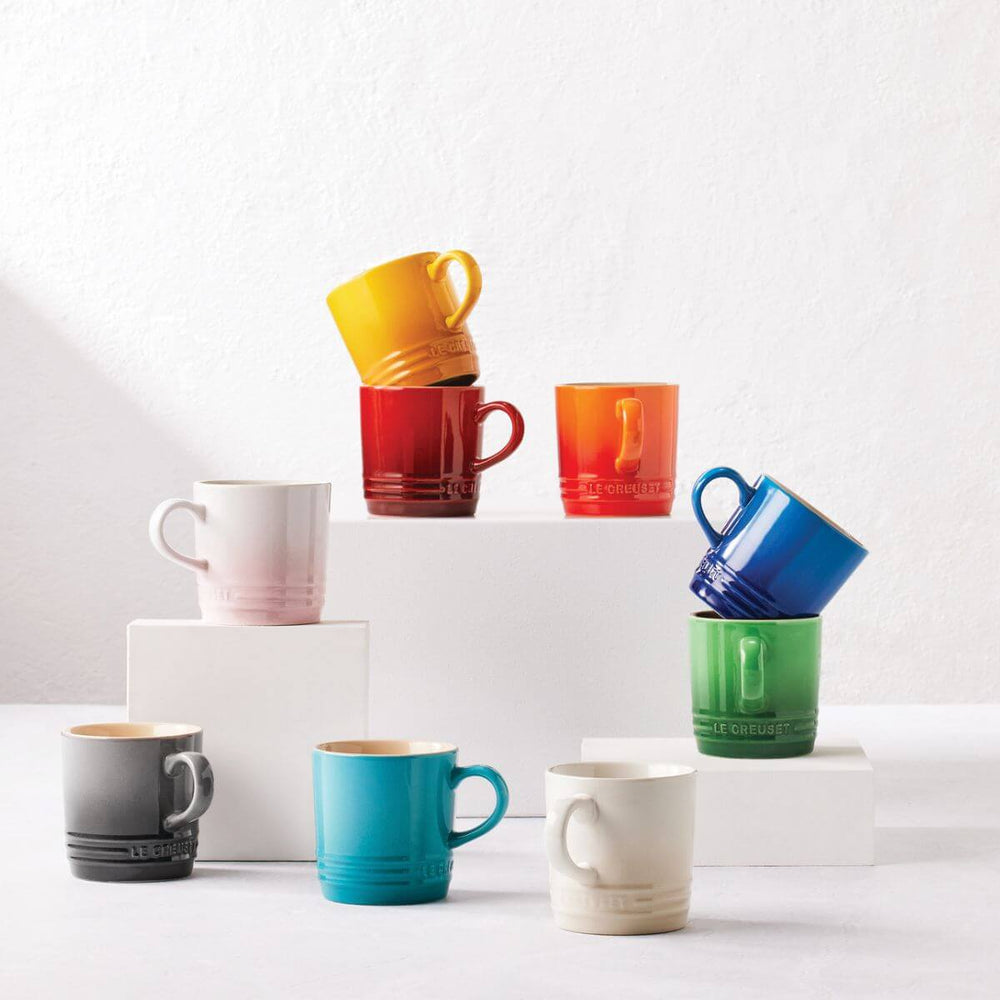Five Tips for Sauerkraut Success
Fermentation is the buzz word for all things healthy and nutritious right now. Sauerkraut is an easy and tasty way to start enjoying the benefits of fermentation and, with very little preparation or commitment needed, it’s a great way to start your journey into fermented foods. So if you’re just starting out in discovering this delicious probiotic gem then here are our top tips for sauerkraut success;
1. OCD style cleaning is out
Fermentation utilises the beneficial bacteria found on vegetables, cabbage in particular, and rinsing the leaves will only wash these natural preservatives away. Simply take your cabbage, discard the outer-leaves and start slicing ready for your sauerkraut, keeping all that natural, healthy, pro-biotic goodness to be enjoyed in due course.
2. Keep it submerged
The most important aspect for sauerkraut success is to keep the cabbage submerged in the salt-brine, essentially maintaining that anaerobic (oxygen-free) environment. The easiest way to do this is by using a ceramic or glass weight (with specialist fermentation crocks there’s often a weight included for this very purpose). For an easy start-up solution we recommend folding a whole cabbage leaf on top of your sauerkraut, to keep all the slices in the brine, then placing a small, weighted glass jar on top of this. Or, take a look at our specialist Mortier Pilon fermentation crocks which are specially designed with a water seal to keep that anaerobic action naturally sealed.
3. Patience is a virtue
The longer you leave sauerkraut, the better it gets and the beauty of making your own is that you’re in charge of everything. You can leave it to develop that extra sharp flavour at its super microbial best or keep it on the lighter side - it’s in your hands.
4. Avoiding a Sauerkraut fail
Becoming familiar with your fermentation is key, with a daily glance and sniff will avoid making your sauerkraut experiment an epic fail. If it goes pink or brown, if it looks slimy or mouldy, if there’s a yeasty smell developing then something’s not quite right and it’s time to discard this batch and start another. Remember to give your jar a good clean as you don’t want to transfer whatever has affected this batch to you new one.
5. Mix it up
Once you’ve mastered the basics of sauerkraut it’s time to bring in some new elements and develop those flavours to your taste. You could start with some simple additions like fennel, caraway or coriander seeds. Add some new seasonal vegetables like beetroot, carrot, radish or apple. Or get adventurous with spices like chilli, grated garlic or ginger.


We recommend the Kitchn’s Mason Jar Tutorial as an excellent place to find a beginner’s step by step guide to the process of sauerkraut making.

























